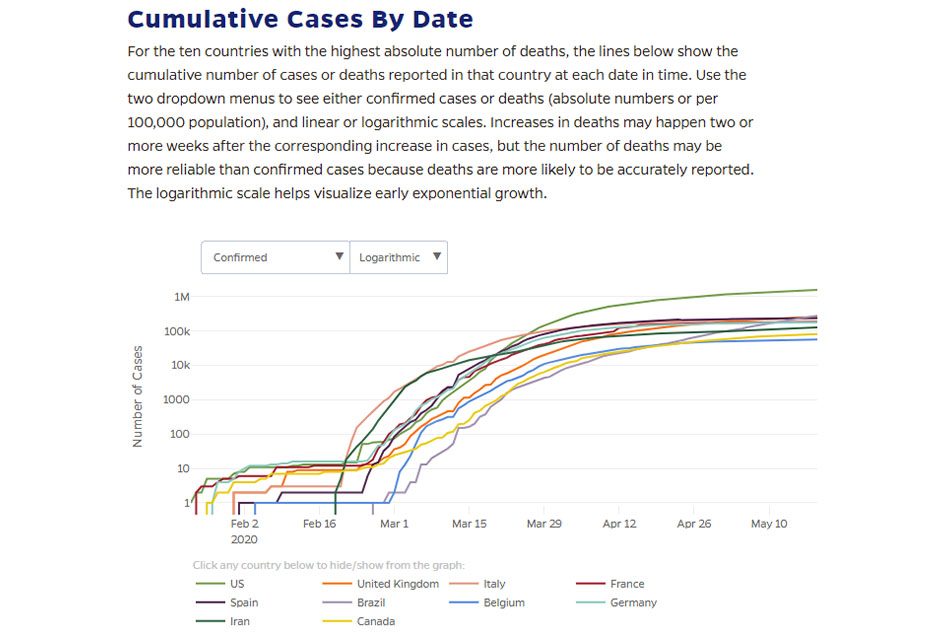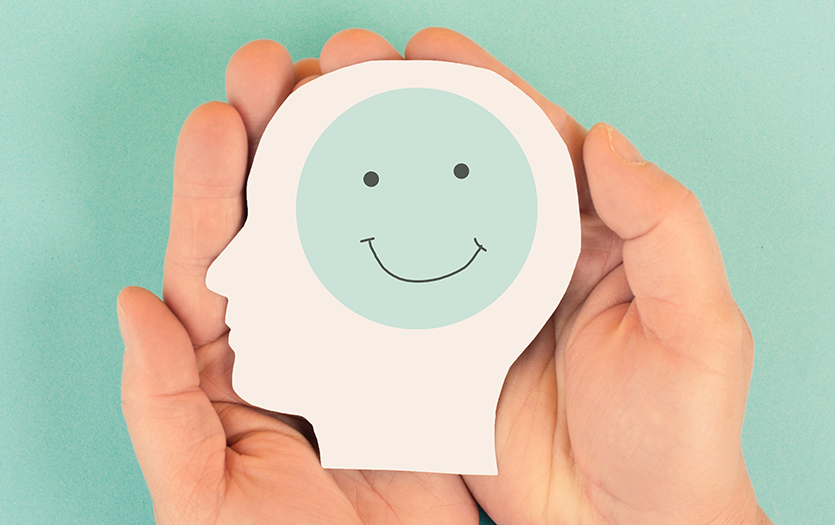
This post was written by Alicia Julovich, MD, PPG – Family Medicine and Amy Simpson, DO, PPG – Family Medicine.
The ongoing coronavirus pandemic has infected nearly five million people worldwide, with nearly 1.5 million cases in the United States, according to the National Center for Immunization and Respiratory Diseases (NCIRD). As we rush to develop treatments and vaccines and re-open our communities, urgent questions remain about whether COVID-19 infections will taper off as warm weather moves in.
Do we have reason to believe that warmer temperatures will help reduce the number of COVID-19 cases?
Many respiratory viruses have seasonality. You often notice more respiratory diseases, such as influenza, in the winter months. That is because the conditions of lower temperatures and low humidity help facilitate the transmission of the virus. However, we are seeing COVID-19 cases increase exponentially in the Southern Hemisphere, in parts of South America and Australia, even though this is their summer season. We suspect that the virus is still going to be transmitted here at least to some extent during our summer months. The Centers for Disease Control and Prevention (CDC) continue to recommend wearing a face covering, social distancing and practicing good hand hygiene, especially after removing your mask.
Will people being outside more impact the number of COVID cases?
Summertime means outdoor activities, barbeques and gatherings with friends and family. While we will all be tempted to partake in these social events, we need to do so cautiously. We may notice an increase in cases if people are not practicing CDC recommendations to keep social distance (6 feet apart), practicing good hand hygiene and wearing a cloth face covering. Until we know more about community immunity, it’s best practice to continue the above practices, not only for our health, but for the health of other individuals who are immunocompromised and/or have comorbidities that put them at increased risk of severe infection.
Will outside surfaces, in the heat of warmer weather, be sanitized and safe for use?
Unfortunately, no. According to the New England Journal of Medicine, it takes 72 hours for the virus to become undetectable on plastic, about 48 hours on stainless steel and cardboard, and 8 hours on copper. Even if kids are practicing social distancing on the playground, they are still touching the same surfaces as other children on the playground. Children are prone to touching their faces (nose, eyes, mouth, etc). Therefore, if they touch an object with the COVID-19 virus, the chances of getting infected are very high. It’s important to have kids wash their hands with soap and water for at least 20 seconds or use alcohol-based sanitizer (60% alcohol) to prevent infection and spread of the virus.

Table from Johns Hopkins University and Medicine: Coronavirus Resource Center
The bottom line
We have no reason to think warmer weather will change the spread of the virus, how long it can survive on surfaces or how sick it can make us. Our best defense is to continue to practice good hand washing, social distancing, masking and staying home if you are sick. Please reach out to your healthcare provider if you have concerning symptoms or additional questions.
For more information on COVID-19, visit the CDC website.



